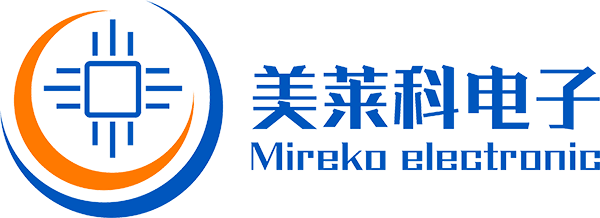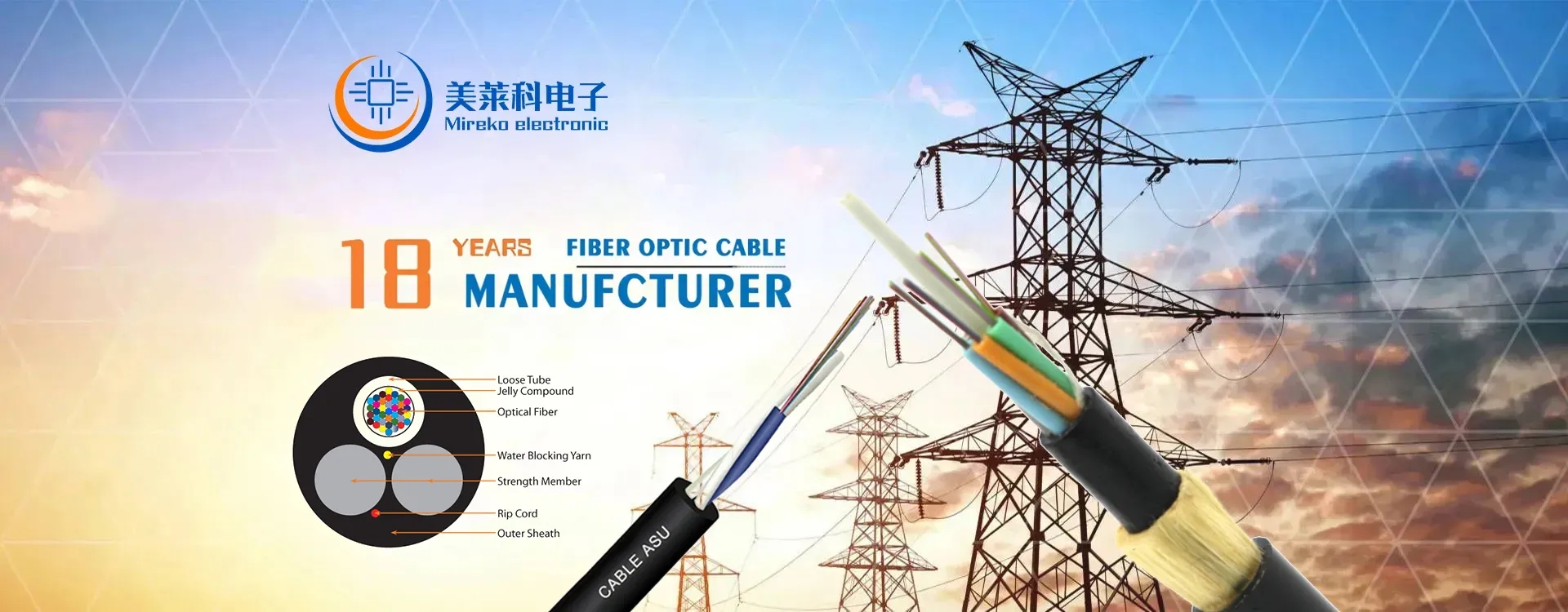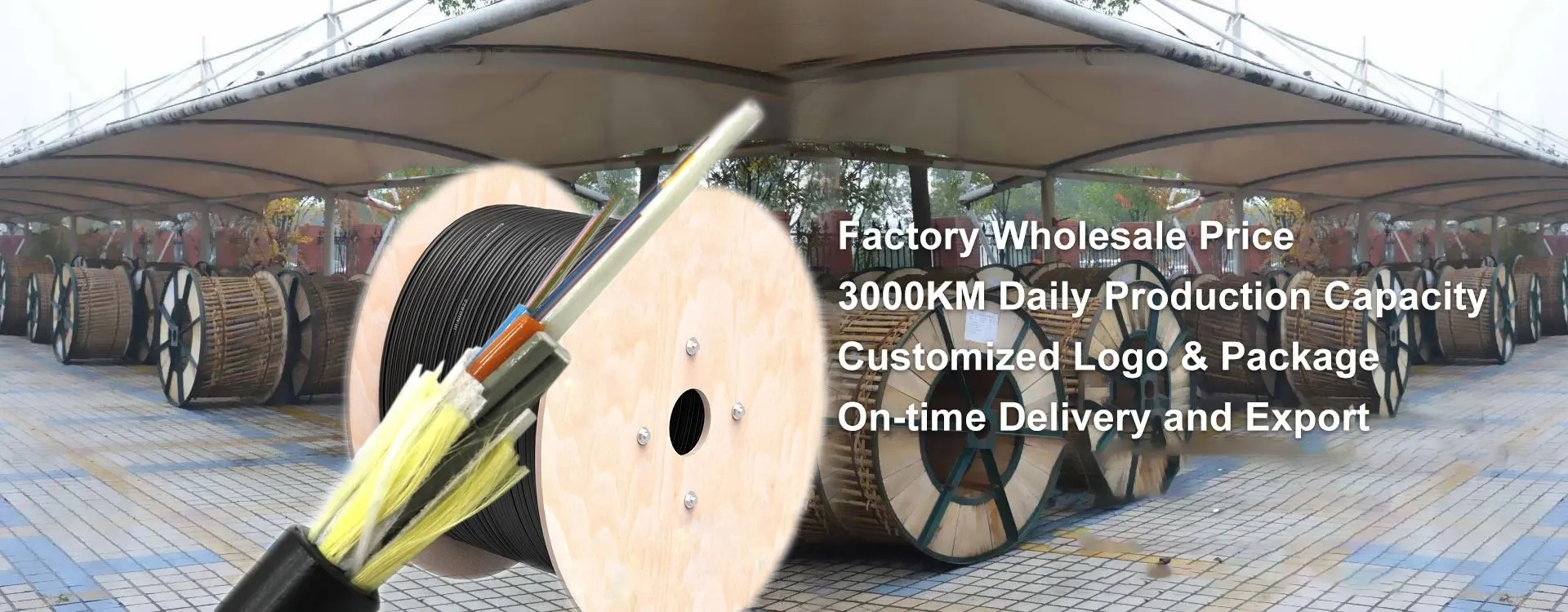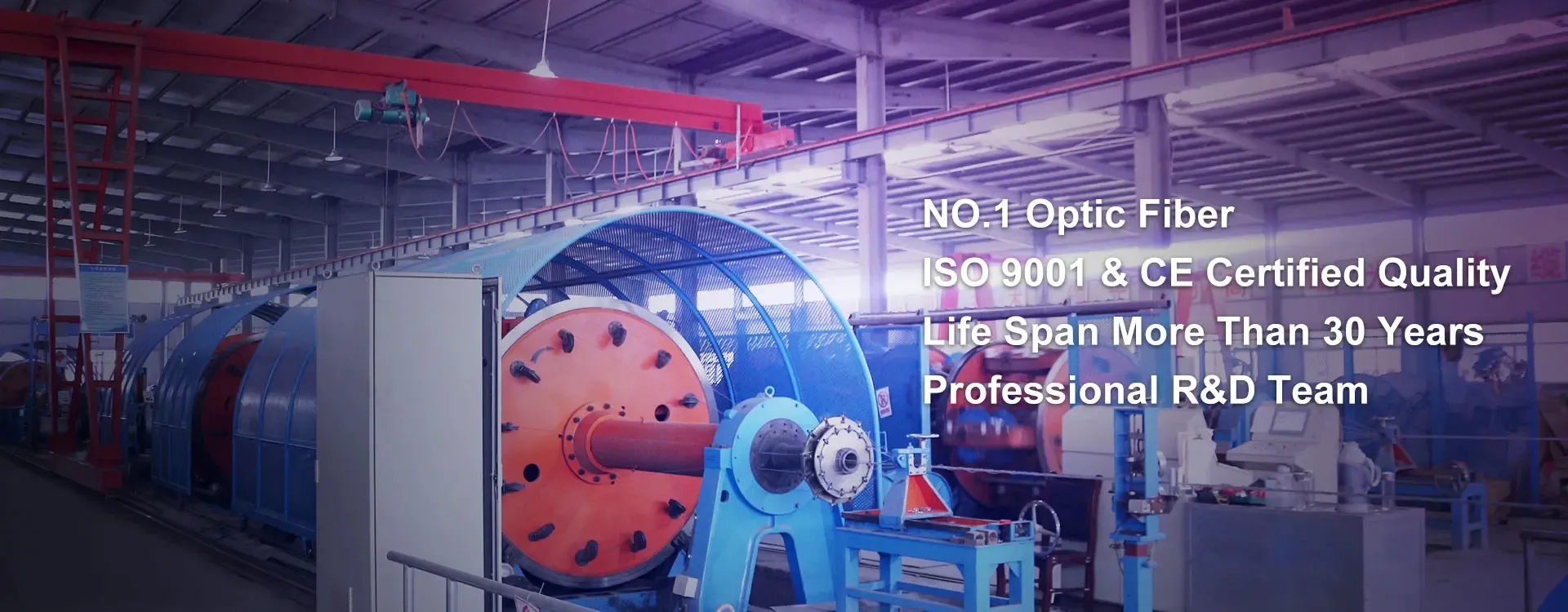Over the past few years, fiber optic cable has become more affordable. It’s now used for dozens of applications that require complete immunity to electrical interference. Fiber is ideal for high data-rate systems such as FDDI, multimedia, ATM, or any other network that requires the transfer of large, time-consuming data files.
Other advantages of fiber optic cable over copper include:
• Greater distance-You can run fiber as far as several kilometers. • Low attenuation-The light signals meet little resistance, so data can travel farther.
• Security-Taps in fiber optic cable are easy to detect. If tapped, the cable leaks light, causing the entire system to fail.
• Greater bandwidth-Fiber can carry more data than copper. • Immunity-Fiber optics are immune to interference.
Single-mode or multimode?
Single-mode fiber gives you a higher transmission rate and up to 50 times more distance than multimode, but it also costs more. Single-mode fiber has a much smaller core than multimode fiber-typically 5 to 10 microns. Only a single lightwave can be transmitted at a given time. The small core and single lightwave virtually eliminate any distortion that could result from overlapping light pulses, providing the least signal attenuation and the highest transmission speeds of any fiber cable type.
Multimode fiber gives you high bandwidth at high speeds over long distances. Lightwaves are dispersed into numerous paths, or modes, as they travel through the cable’s core. Typical multimode fiber core diameters are 50, 62.5, and 100 micrometers. However, in long cable runs (greater than 3000 feet [914.4 ml), multiple paths of light can cause signal distortion at the receiving end, resulting in an unclear and incomplete data transmission.
Testing and certifying fiber optic cable.
If you’re used to certifying Category 5 cable, you’ll be pleasantly surprised at how easy it is to certify fiber optic cable since if s immune to electrical interference. You only need to check a few measurements:
• Attenuation (or decibel loss)-Measured in dB/km, this is the decrease of signal strength as it travels through the fiber optic cable. • Return loss-The amount of light reflected from the far end of the cable back to the source. The lower the number, the better. For example, a reading of -60 dB is better than -20 dB.
• Graded refractive index-Measures how much light is sent down the fiber. This is commonly measured at wavelengths of 850 and 1300 nanometers. Compared to other operating frequencies, these two ranges yield the lowest intrinsic power loss. (NOTE This is valid for multimode fiber only.)
• Propagation delay-This is the time it takes a signal to travel from one point to another over a transmission channel.
• Time-domain reflectometry (TDR)-Transmits high-frequency pulses onto a cable so you can examine the reflections along the cable and isolate faults.
There are many fiber optic testers on the market today. Basic fiber optic testers function by shining a light down one end of the cable. At the other end, there’s a receiver calibrated to the strength of the light source. With this test, you can measure how much light is going to the other end of the cable. Generally, these testers give you the results in decibels (dB) lost, which you then compare to the loss budget. If the measured loss is less than the number calculated by your loss budget, your installation is good.
Newer fiber optic testers have a broad range of capabilities. They can test both 850- and 1300-nm signals at the same time and can even check your Gable for compliance with specific standards.
When to choose fiber optic.
Although fiber optic cable is still more expensive than other types of cable, it’s favored for today’s high-speed data communications because it eliminates the problems of twisted-pair cable, such as near-end crosstalk (NEXT), electromagnetic interference (EIVII), and security breaches.If you need the fiber cable you can visit www.mireko-cable.com.
Post time: Nov-02-2022





